Memories of Cheju Island
Cheju Island, Korea, 2002


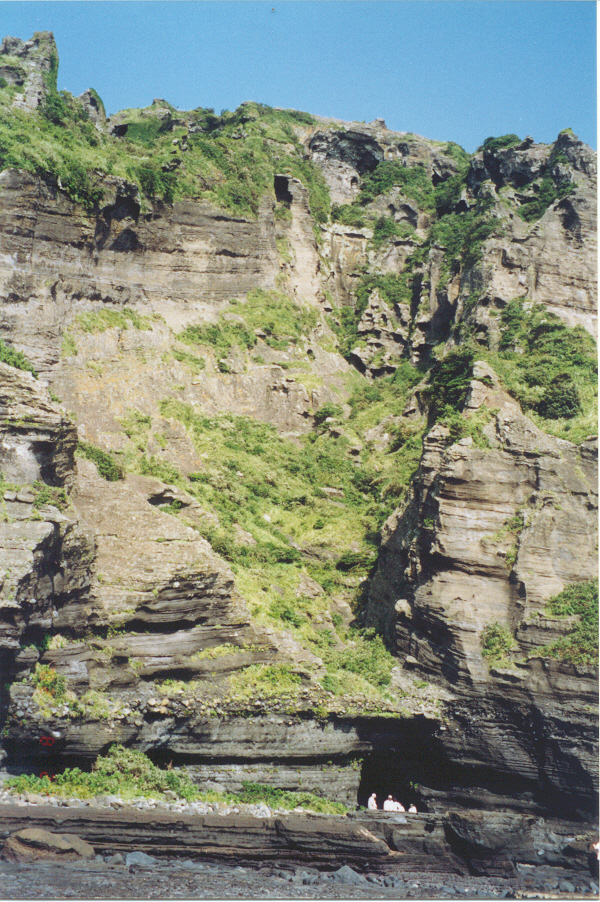
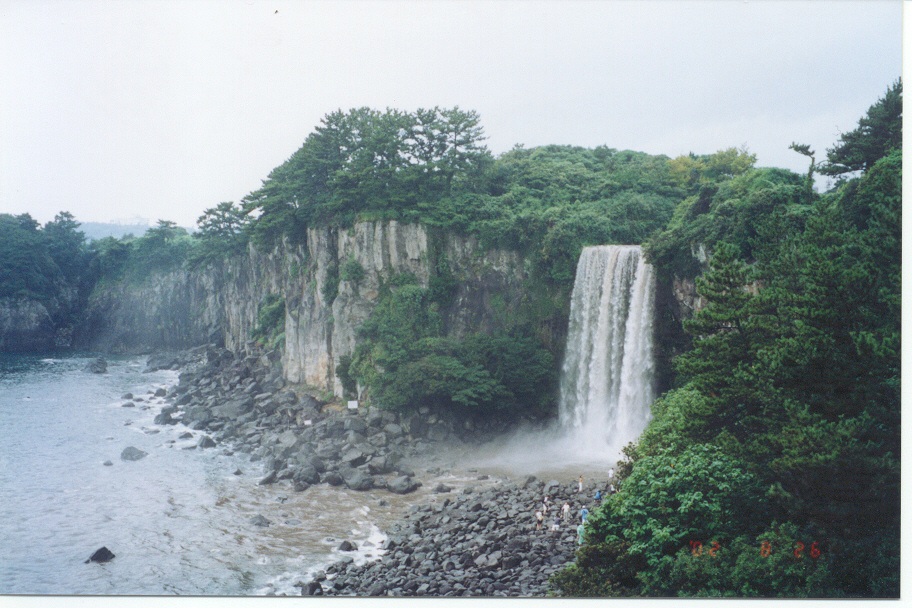

Cheju Island, Korea, 2002





Kyozmidera, Kyoto, Japan 2002
 o
o

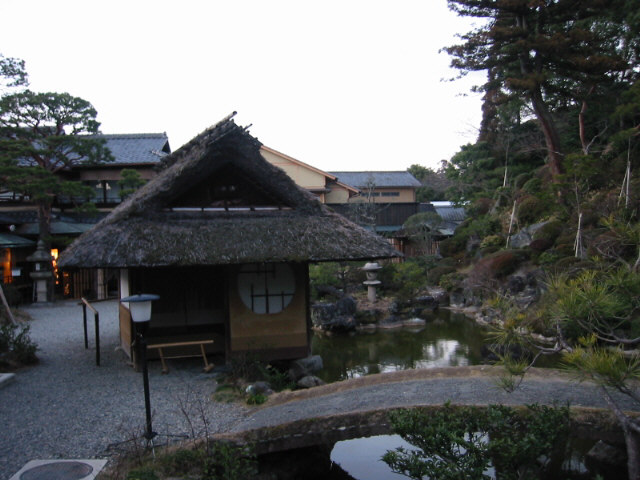

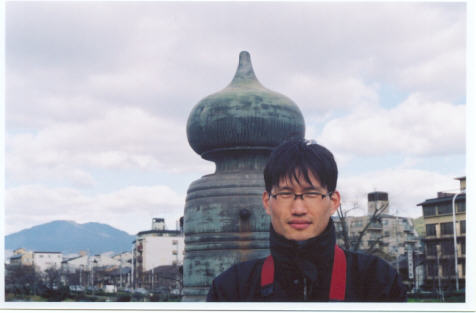

Shumarinai, Hokkaido, Japan, 2001
The symbolic tumb for those who were forced to bring into Japan during the Second World War.
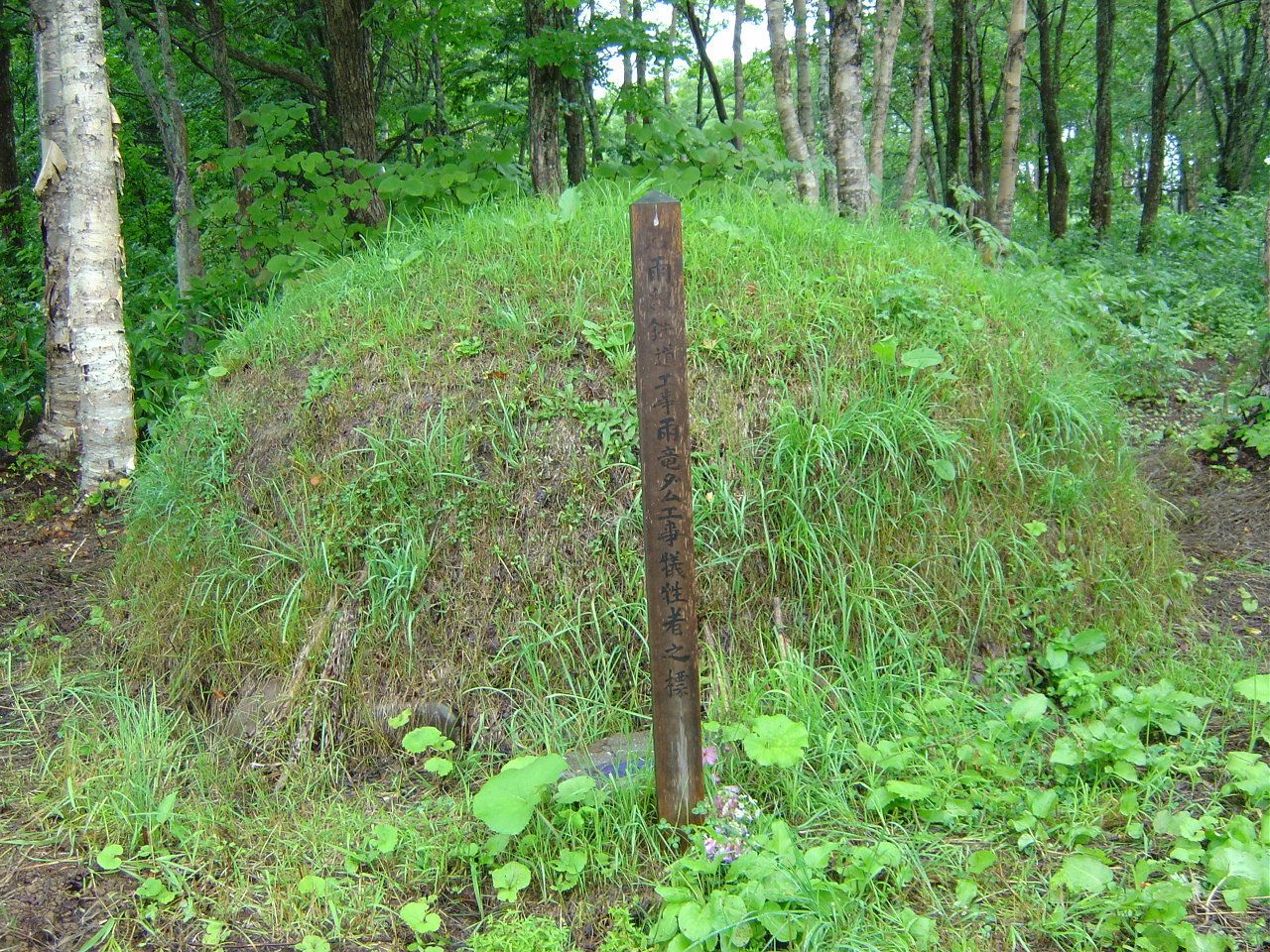

Japanese Participants, Cheju Island, Korea, 2002
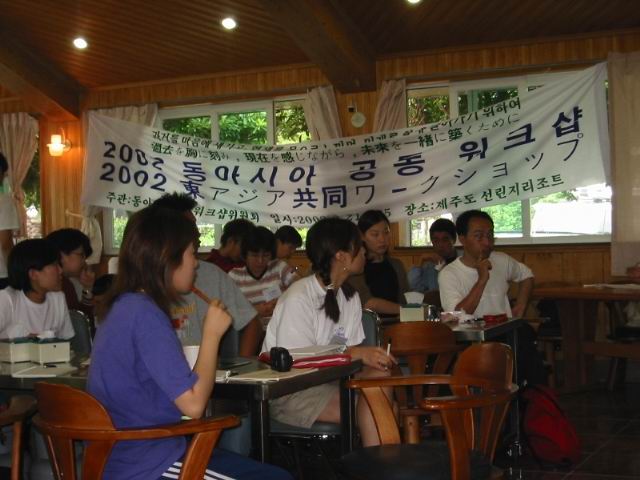
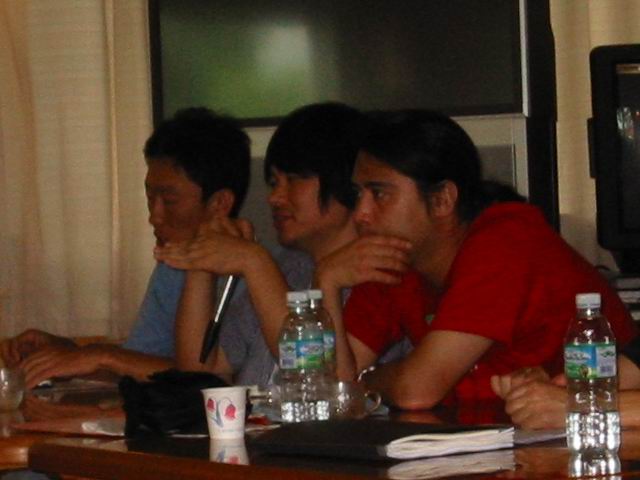
Cheju Island, Korea, 2002
Japanese military government digged so many holes in every corner of Cheju Island for military purposes during the colonization period. The following remains are some of them.
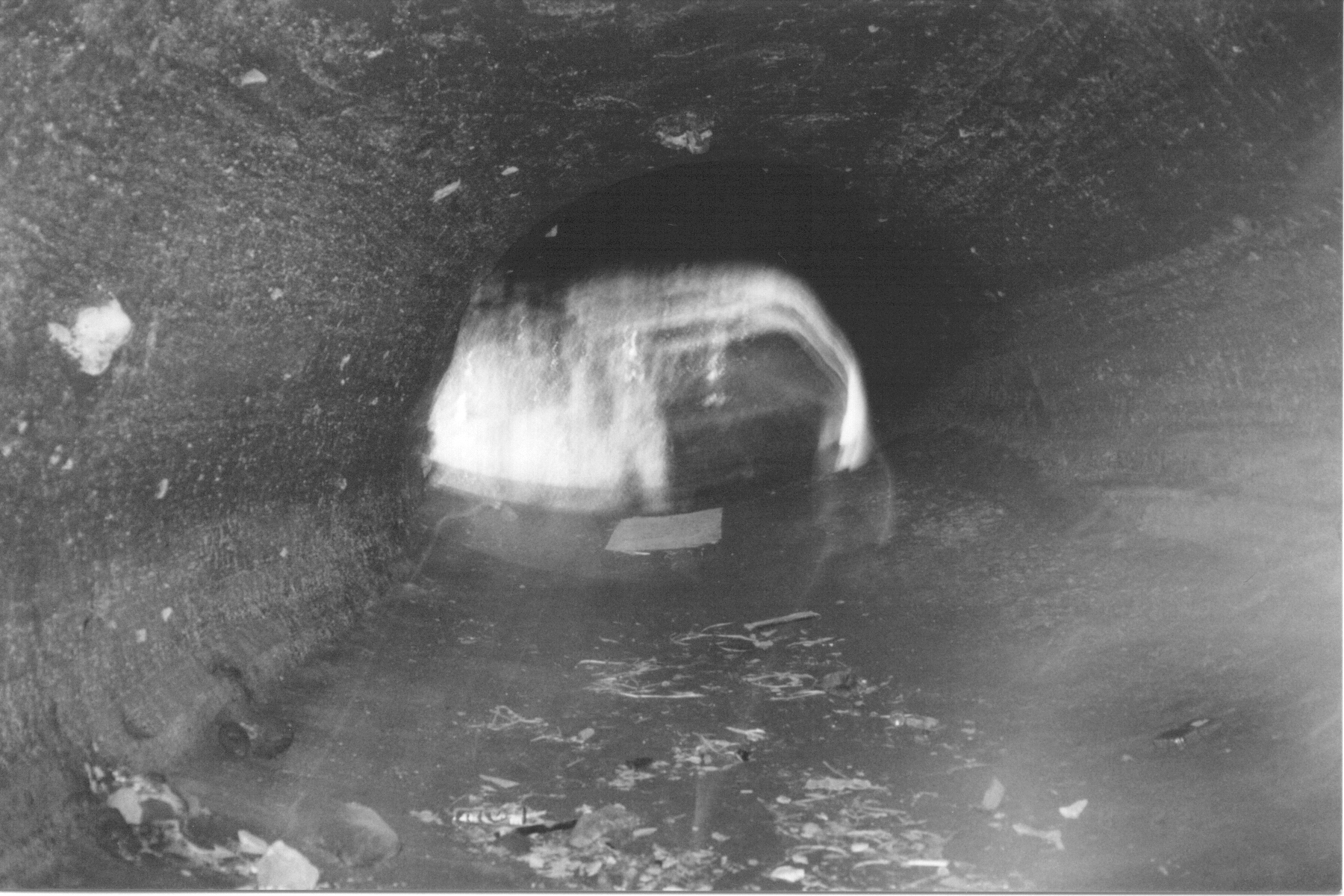

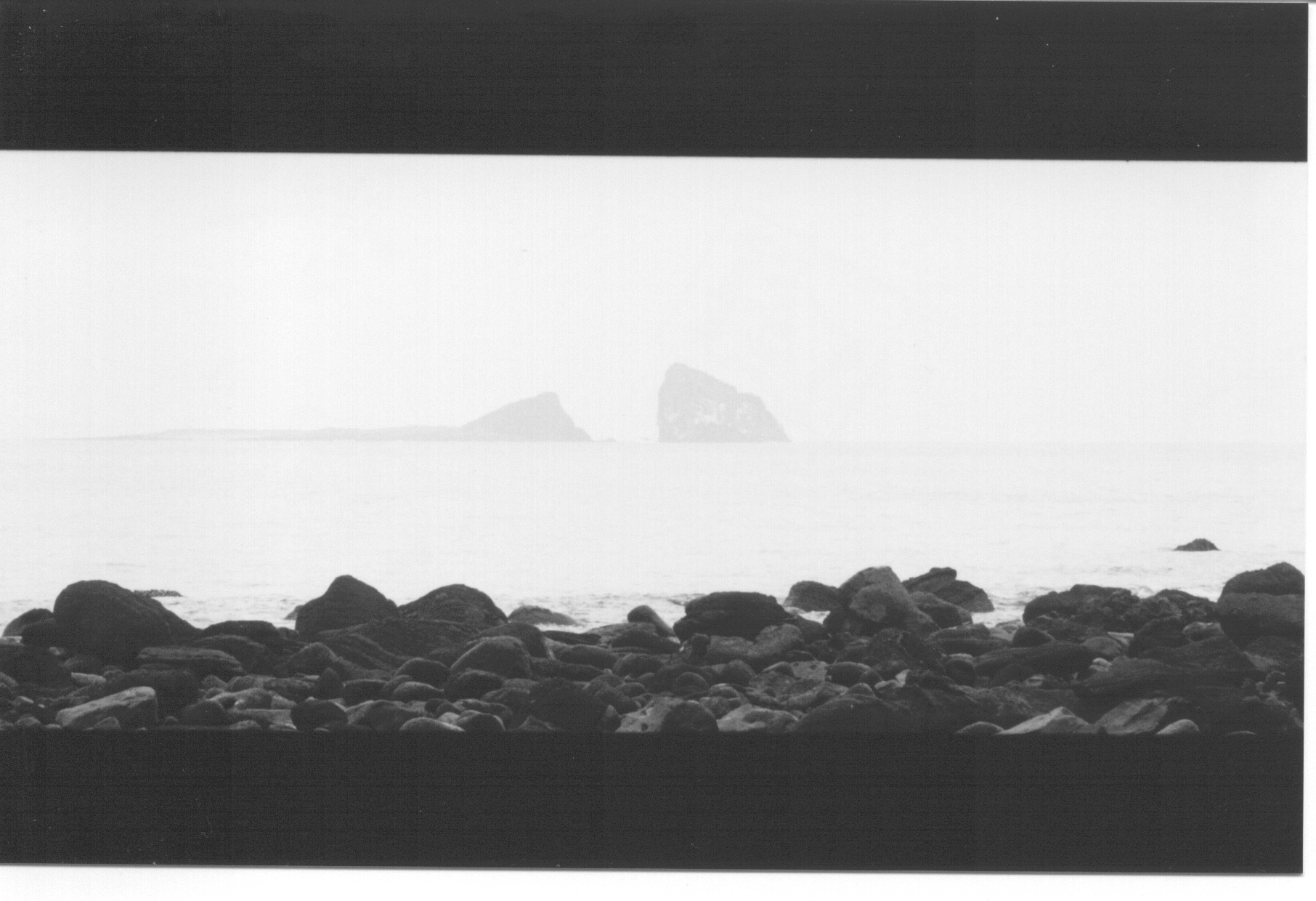
Shumarinai, Hokkaido, Japan 2001

There has been a students-initiated civil organization called "Coworkshop for peace and human rights in North East Asia." I participated in some of its programs. The following photographies are some of my memories from 2001 to 2003.
Nishihongangi, Shumarinai, Hokkaido, Japan, 2001
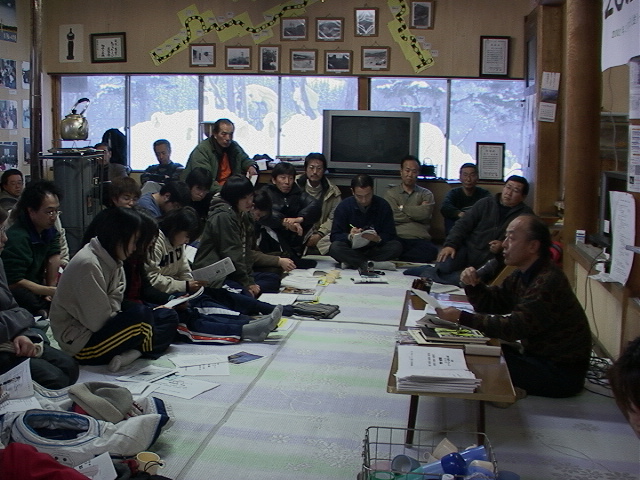
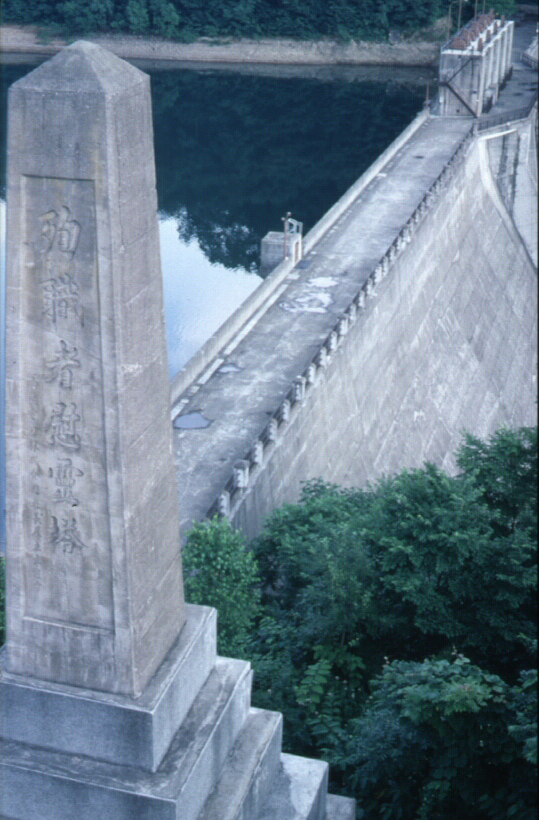
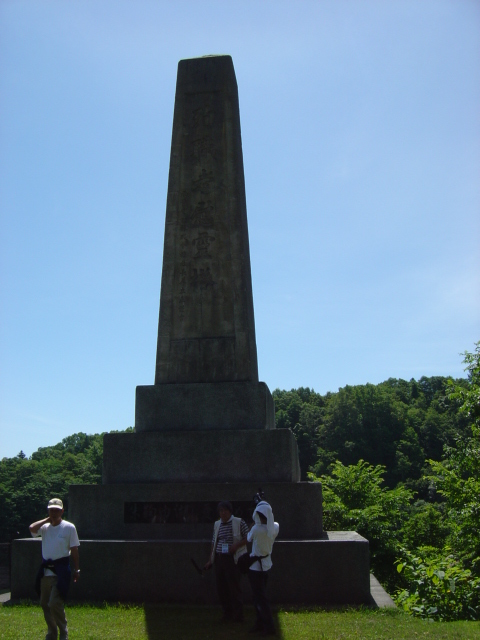
Issues in Classical Political Economy View Comments
1. How do Smith, Ricardo and Marx analyze the evolution of the rate of profit over time? Analyze the mechanisms involved. What implications can one draw from the trajectories implied by the different theories?
Classical political economists share a lot of theoretical aspects in common. Among them is the long term falling tendency of the rate of profit. However, their explanations are different from each other. In this essay, I will present their theory of profit briefly, and then draw some implications.
First, Smith approaches this issue when he analyzes the effects of competition. According to him, competition among capital will lead to the rate of profit to fall. However, he did not provide with systematic explanations to his argument. He seems to be confused or identify the ‘equalization of profit’ with ‘the falling rate of profit.’
In contrast to Smith, Ricardo attributed the falling rate of profit to the rise of food price and rent. In his critical analysis of Smith’s theory of rent, Ricardo argues that as population grows the more land which has less fertility and quality will be introduced in order to supply food. This new cultivation of land and competition to obtain more fertile land among agricultural capitalists will lead to the rise of rent. According to Ricardo, the rise in the price of land and rent, in turn, results in the decrease of the amount of profit for capital. In this way, Ricardo attributed the falling rate of profit to the rising rent and the expensive food price. That is why Ricardo advocated the abolition of the Corn Law which prevented cheap corn and foods from importing from outside
Finally, Marx also pointed out the falling rate of profit in his analysis of capital accumulation. At first, he analyzes the increasing ‘organic composition of capital.’ The competition among capitalists forces individual capital to introduce new machines and production technologies. This mechanization of capital will lead to the changes of ratio between ‘constant capital’ and ‘variable capital,’ the latter of which is the only source of ‘surplus value.’ The more the capitalist introduce new machinery and technologies in order to reduce the production cost or unit labor cost, the faster the aggregate profit appropriated from production process will be reduced. In this way, Marx explained the falling rate of profit through the mechanization process of capital forced by competition.
In this connection, the falling rate of profit is intrinsic characteristics of modern capitalist mode of production. Even though there are also countervailing tendencies and effect, the falling rate of profit cannot be superseded until the profitability and profit remain the only motive for production.
2. Contrast Ricardo’s theory of international trade with that derived from Smith and Marx. What are the specific points of departure within the general theory of competition? What are the differing implications for the opening up of trade between countries that are competitively unequal (as is currently proposed by the World Bank and the WTO)?
The role of international trade in the development of an economy is one of the most controversial issues in modern development economics. While Ricardo argues that international trade would bring about mutual benefits to both countries which are engaging in international trade, Marx pointed out that there would be ‘unequal exchange,’ and thus be chronic trade deficit in less developed country.
First of all, Ricardo argues that international trade will give rise to ‘trade balance’ between countries. Unlike his previous labor theory of value, which can be summarized as the relative price of commodity is regulated and/or determined by the relative quantity of labor required for its production, Ricardo introduces different kind of price/value theory, namely ‘quantity theory of money’ when dealing with the effect of international trade.
According to him, if two countries which have different production levels with different technologies start to export and import their relatively advantageous commodities, the money inflow and outflow would result in trade balance in the long run. More specifically, if
Unlike Ricardian perspective, Marx’s treatment of international trade is closely related to his theory of competition. As most classical political economists agree, the behind logic of capital accumulation is profit and profitability. In order to gain much more profit from investment, every capitalist introduces new machinery and technologies. This capital movement is forced by real competition among capitals.
Marx’s theory of international trade is, thus the analysis of the effect of this competition among capitalists on different regions and countries. According to Marx, the effect of competition on different countries has radically different meanings and results: unlike the competition within an industry or different industrial sectors within the same region, international trade or competition between countries does not equalize the rate of profit.
Rather, foreign trade between countries which have different technologies and ‘unequal’ productivity will lead to chronic trade deficit and economic dependency in underdeveloped countries. Unlike Ricardo’s ‘quantity theory of money,’ money outflow from the underdeveloped countries or the
This money can also be invested in the Third World countries, thus sometimes create the employment opportunities for the workers in the
In sum, while Ricardo argued that foreign trade would lead to trade balance and effective factor endowment (specialization of industry) through quantity theory of money, Marx pointed out the devastating effect of international trade on less developed countries in analyzing and extending his theory of competition.
Finally, considering the income gap and inequality among countries, and the detrimental effects of foreign trade, especially the effect of foreign direct investment and the financial speculation, the economic urge of the IMF and the WTO toward the underdeveloped countries is the ideology for the interest of the capitalist in the developed countries. If so, it is necessary for underdeveloped countries in East-Asia, Latin America and
Issues in Classical Political Economy View Comments
The Basic Structure of the Classical Theory of Price
|
The purpose of these illustrations is to show how and why, the classical economists linked relative prices (exchangeable values) to relative total labor requirement. 1. Case A: Commodity Production alone l This is a hypothetical situation in which various producers use particular means of production to produce different goods, which they sell under competitive market conditions. Each producer owns his means of production (tools) and keeps all of income per hour sales. l The goal is to introduce us to the notion of competition without yet bringing in profit and/or rent (hence without bringing in classes yet). This is Smith and Ricardo’s “Rude and
i. At these particular market prices, income per hour in beaver production (Yb =$11/hr) is greater than income per hour in deer production (Yd = $9/hr). Thus more producers will enter beaver production, raising beaver supply relative to beaver demand. The price of beavers, and hence income per hour in beaver production, will fall. The opposite will happen in deer production, whose price and income per hour will rise. ii. Though there may be continuous overshooting and undershooting, the center of gravity of this process is a set of competitive prices that yield roughly equal incomes per hour in the two sectors. Hence these competitive prices will necessarily be proportional to total labor requirements.[1]
iii. Note that total requirements in each sector represent the labor required to produce input (traps, bow and arrows) plus the labor required to produce the sector’s output (beaver and deer). Raising productivity means it takes less time to conduct a given task, so that more output can be produced in a given amount of labor time. Thus productivity rises as labor requirements fall. But since relative competitive prices are equal to relative (direct and indirect) labor requirements, a sector whose (direct and indirect) productivity rises relatively faster will experience a relative fall in its competitive price. This points is central to the classical tradition.[2] 2. Case B: Commodity Production Under Capitalistic Conditions i. We continue to consider a situation in which competition produces equal income per hour in each sector. Then we already know that under these conditions relative competitive prices will be equal to relative total labor requirement: Pi*/Pj* = Li/Lj = 2 ii. But now, each sector’s (uniform) income is split between producers-turned-workers (whose labor now earns wages) and capitalist-owners of the means of production (whose business now earn profits). l If competition among workers results in equal wages per hour (Wi = Wj = W*), then since total incomes per hour are assumed to be equalized, this means that profits per hour are also equalized across sectors (Πi = Πj = Π*).
l This makes it clear that the existence of class and class incomes (wages and profits) does not necessarily require a change in the preceding competitive pricing rule. iii. Since (real) wages are equalized across sectors, the preceding situation is a competitive outcome for labor. So the question becomes: can it also be a competitive outcome for capital? For this to be case, profit rates would also have to be equalized across countries. l The rate of profit is defined as r = profit/capital = profit per unit labor/capital per unit labor = Π/K. Profit per hour are equal across sectors in the current situation (Πi = Πj = Π* = $6/hr). Hence if capital per unit labor was also equal across sectors (Ki = Kj = K), so too would rates of profit. For instance, if Ki = Kj = K = $60 per hour, then profit rates would be equal across sectors (Ri = Rj = R*=10%), and the previous pricing rule would also a competitive outcome for both labor and capital. 3. The upshot of the preceding analysis is that the proportional relation between competitive prices and total labor requirements has to be modified only when all of the following conditions hold: i. Class exist, so that sectoral incomes is divided between wages and profits ii. Competition equalizes real wages across sectors (Wi = Wj = W*) iii. Competition equalize profits rates across sectors (Ri = Rj = R*) iv. And Capital-labor rations are unequal across sectors (Ki ≠ Kj) 4. This classical perspective on competitive prices leads to two further questions. l Does the existence of unequal capital-labor ratios merely modify the previous pricing rule, or does it overthrow it altogether? l How different is the modified rule, in size and in determination, from the basic one? These are exactly the issue taken up by Ricardo and Marx. |
[1] This result is quite general. Since income per hour in the ith sector is defined as Yi =Pi/Li, if competition equalizes income per hour, then Yi = Yj = Y*. If we designate the corresponding competitive prices with a “*”, this means that their ratio to labor requirements are also equalized: Pi*/Li = Pj*/Lj, which in turn implies that Pi*/Pj* = Li/Lj. Hence relative competitive prices will be proportional to relative total labor requirements when income per hour are equal across sectors.
[2] Since Li is the total (direct and indirect) labor requirement in the ith sector, its reciprocal Qi = 1/Li represents the total (direct and indirect) productivity of the same sector. Since a sector’s relative competitive price is equal to its relative labor requirement, a rise in a sector’s productivity will reduce its relative labor requirement and hence reduce its relative price, other things being equal.
Issues in Classical Political Economy View Comments
8. How does Marx approach the question of aggregate profits? Where do aggregate profits come from, and why and how? What is the significant of the distinction between profits arising from a transfer of value or wealth, and profit based on the extraction of a surplus product?
* All of other profits and revenues (the revenue of the state, financial capital’s arbitrage, taxes, stock and bond dividends etc,) are derived from the surplus value produced in the capitalist production process. That is why Prof. Shaikh calls Marx’s analysis of profit as “aggregate profit.”
Marx’s theory of profit is one of the most significant contributions in the development of the labor theory of value. Marx deals with this problem from the analysis of the money (capital) and exchange (circuit of capital). However before reviewing his analysis of aggregate profit, it is necessary for us to distinguish two different kinds of gaining methods of profit in Marx’s perspective.
First of all, Marx differentiates profit on alienation from aggregate profit appropriated form the capitalist labor process. The former is profit on transfer of wealth, which was dominant characteristics feature of Mercantilist capitalism. Individual trading profit arises whenever a commodity is resold at a profit. This profit is originated from the individual entrepreneurial ability to ‘buy cheap and sell dear.’ But from the perspective of the system as a whole, this transaction simply serves to share out the total selling price.
Thus the increase of wealth of one country or region is accompanied by the loss of the same amount of wealth of the other country or region. On the contrary, Marx emphasizes the latter case, which is the production of surplus product within the typical capitalist mode of production. This is the origin of surplus value and Marx describes this process as the intrinsic characteristics of industrial capitalism.
With regard to the analysis of the surplus value, Marx begins his analysis from the analysis of exchange of capital and labor. In contrast to simple money circuit (circuit of revenue), which can be summarized as C-M-C, the circuit of capital starts from money capital which is invested in order to make more money at the end of the process compared to the original money capital.
This circuit of capital can be summarized as follow: M-C-M’ in other words, a certain amount of Money capital (M) is invested on particular production sector. This money capital is used to buy certain amount of labor power and means of production (machinery, raw materials, etc). From this initial stage, capitalist organized labor and production process in order to produce certain amount of commodity. After the production, capitalist sell his/her commodity (final physical form of capital) on the market in order to make more money (final money form of capital; M’)
While analyzing the circuit of capital, Marx raised a question: Where does increased money come from? According to Marx, this profit comes from labor power. This source of profit for capital, which is called ‘surplus value,’ is extracted from surplus labor time. In order to explain this mechanism it seems necessary for us to introduce distinctive concept of capital in Marx.
The capital in production is composed of two components: constant capital (C) and variable capital (V). Unlike Ricardo’s distinction between ‘fixed capital’ and ‘circulating capital,’ this distinction has an important meaning because with this distinction Marx was able to explain the mechanism of appropriation of surplus value. According to Marx, in the capitalist production process, total labor time (W) is composed of labor value of means of production (C) and living human labor estimated by time (L).
If V is socially necessary labor time required for commodity production, or socially necessary labor time necessary for laborer’s reproduction, S is surplus labor time. Thus W = C+V+S. In this analysis, the surplus value or surplus labor time is the above and beyond the necessary labor time. Marx analyzes this surplus labor time and surplus value is the secret source of the aggregate profit for capital.
This distinction between two different kinds of profit has significances in understanding current real world economy. Even though the exploitation of surplus value is unique characteristic feature and dominant basis of modern capitalism, the understanding of the fact that appropriation of surplus value is not the only source of profit open our eyes to the necessity of the historical and empirical research to the problems of transfer of profit and the current economic situation of the Third World or developing countries. In this sense, the concept and the existence of the transfer of profit can be utilized in the context of the analysis of the transfer of value from non-capitalist sphere, or periphery to the center of capitalist economy system.
Recent Comments